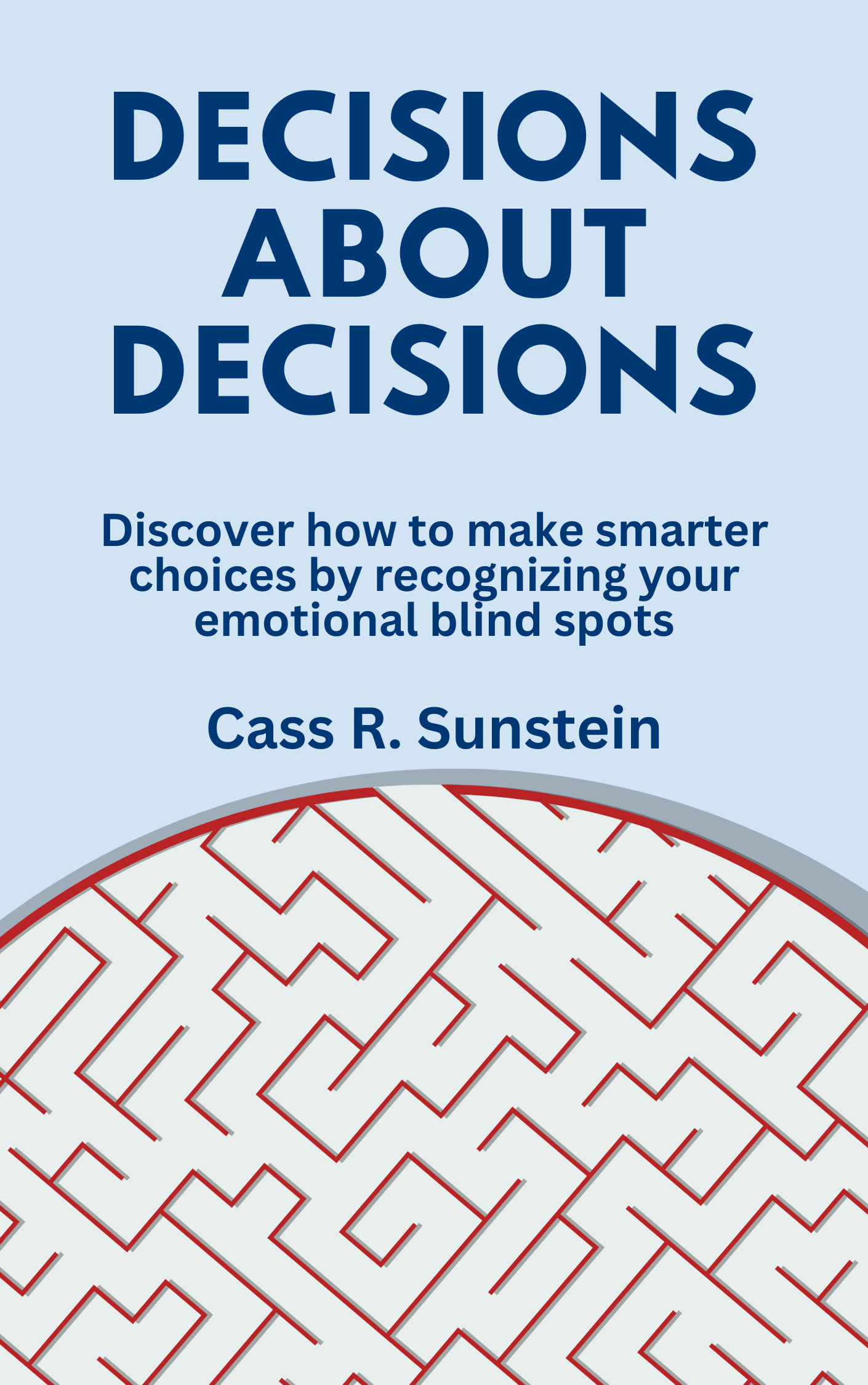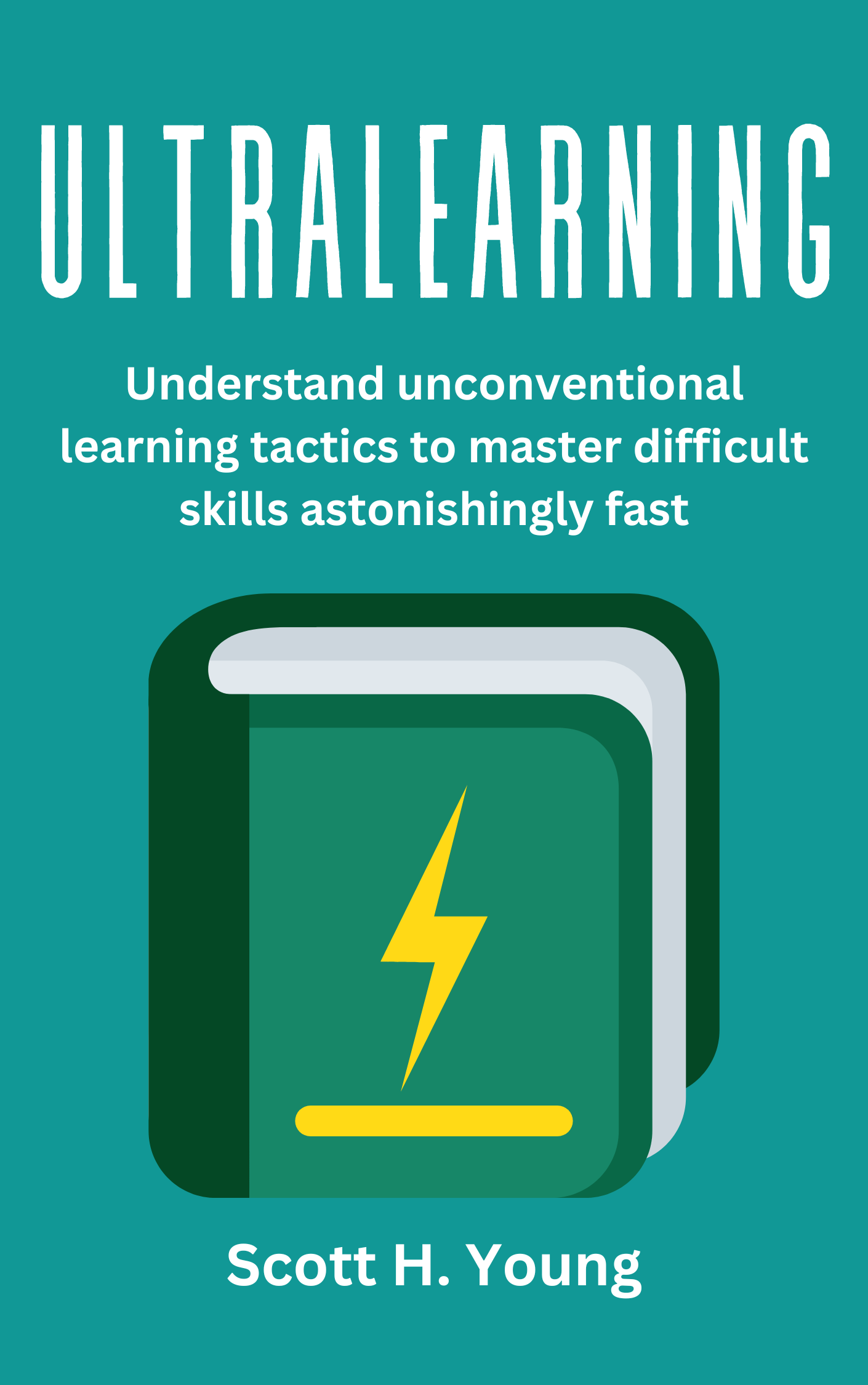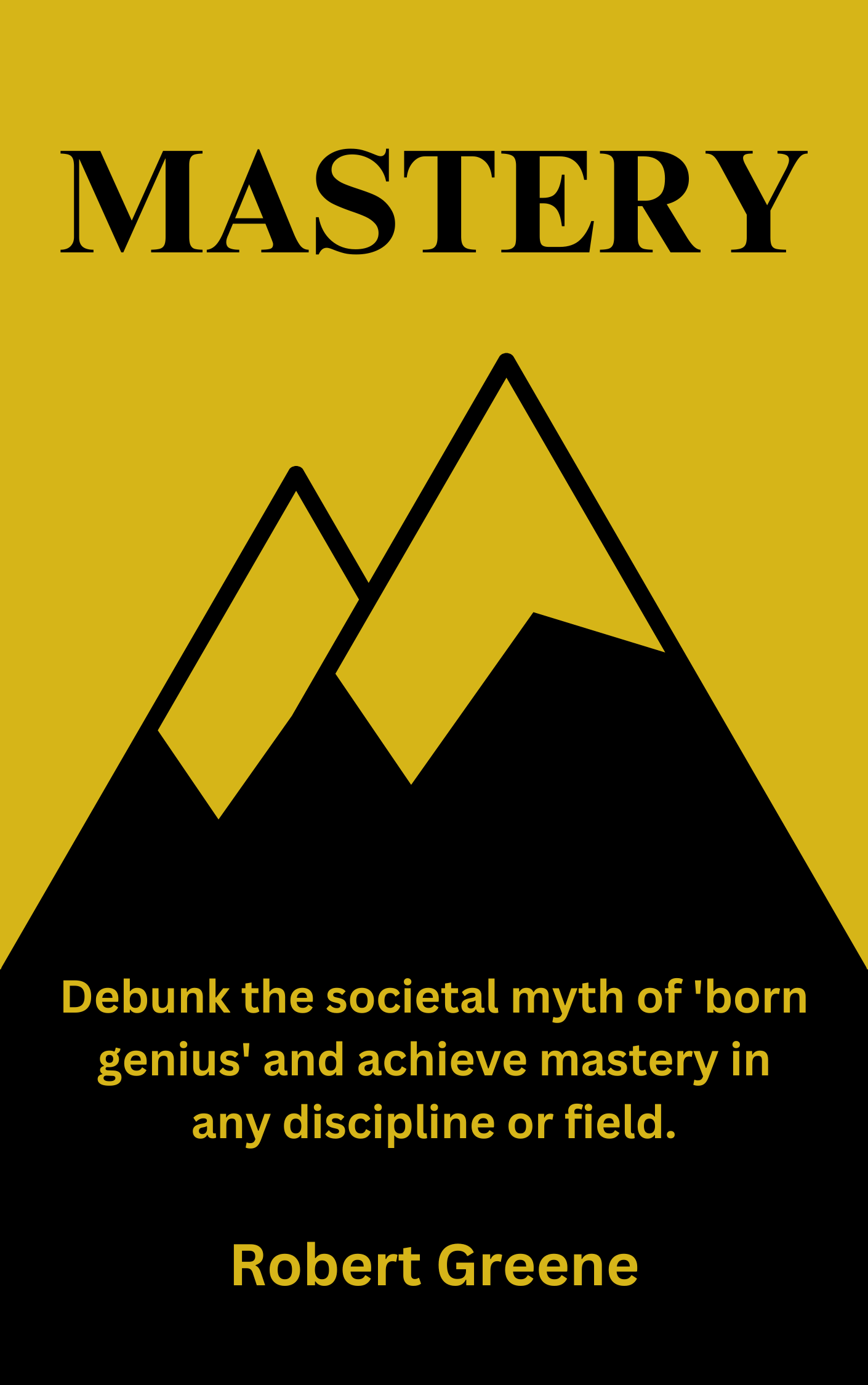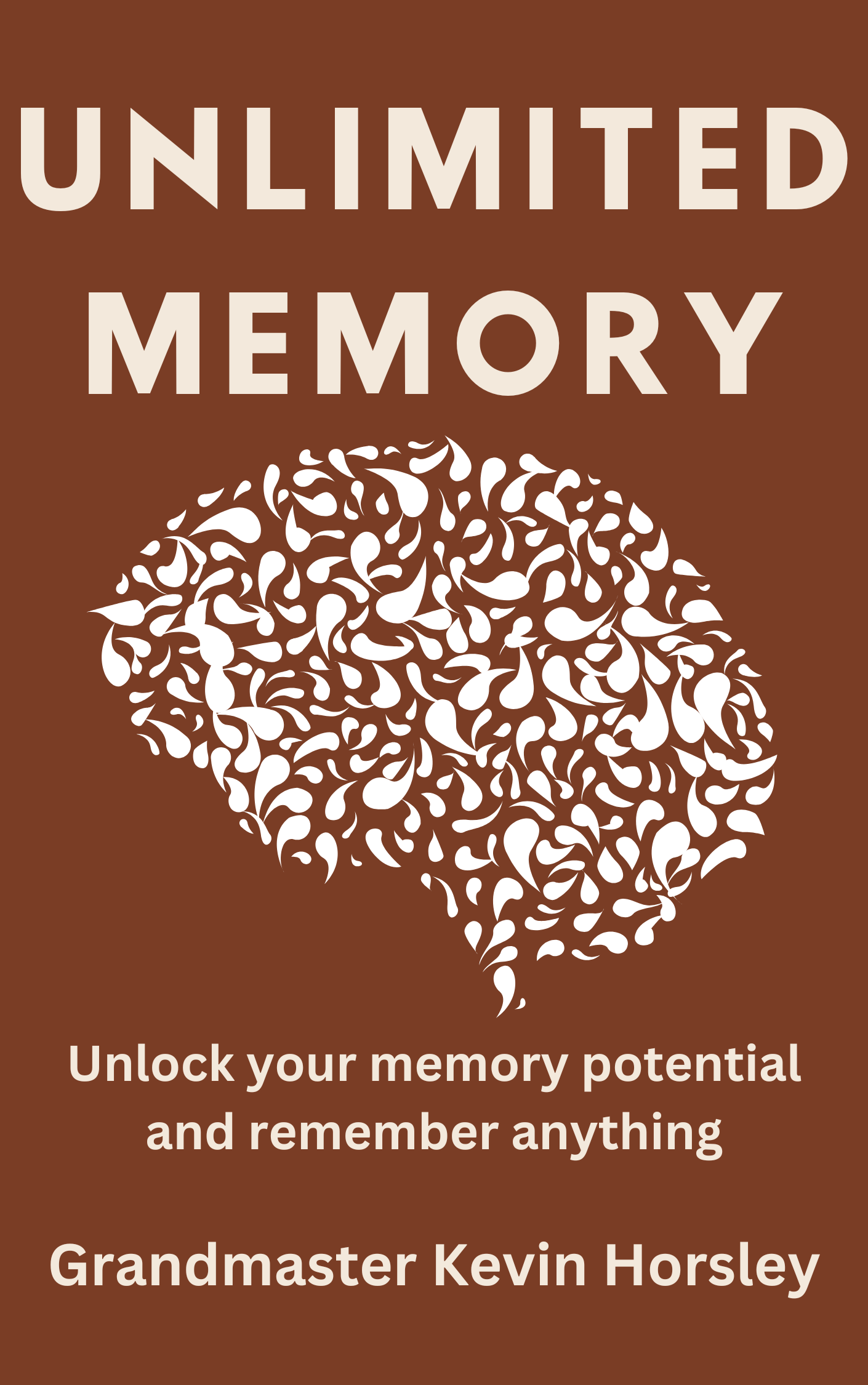Introduction
Learning is easy when you use the correct strategy!
Let's start by taking a look at this simple experiment conducted by Anastasia Kitsantas in the 1980s. The experiment divided the participants of an all-girls school into three different categories. Each group received three different strategies to perfect the game of darts. The first team was called “Team Performance” and participants were told to win just by hitting the bull’s eye. In the second group called the “Team Learning Method”, girls were taught a few learning strategies like keeping their arms close to their bodies. The third group called the “Team Conventional Wisdom” were simply told to do their best. Interestingly, “Team Learning Method” outperformed and had lots of fun while winning and learning! What does this tell you? The experiment demonstrates that proper learning methods can really boost your results. For centuries learning ability was attributed to innate intelligence, genius or rote cramming. If you didn't have photographic memory, science told you to get to cramming up the information. But with the new age, came new research. Employing practical learning strategies and tools to improve the learning ability became the new superpower. Before we get into the 6 steps, here are some strategies to help you absorb concepts better.
The effectiveness of self-quizzing as a learning strategy is just plain awesome. What does it involve? Just recalling and revising what you’ve learnt. Research on learning strategies indicates that self-quizzing is 50% more effective than any other technique. So, you could just play pop-quiz, and viola! Information saved in the long-term. Want proof? Researchers Jeffery Karpicke and Henry Roediger shared a text with two groups of people. The first group was instructed to read the text four times. While the second group was instructed to read it just once, and give three tries to recall and quiz themselves. The researchers tested both groups after a few days. Guess which group remembered the text more effectively? Yup, it was the second group.
Mr Boser further shares another interesting method to improve focus and learning ability. Simply shut out all the noise with earplugs, and concentrate on your task.
Hopefully, the above tips will help banish your learning difficulties. Now, let us dive into the 6 steps.
Find meaning in what you are trying to learn!
The idea is to invest your time and effort in skills that add meaning and value to your life. If you recognize deep meaning or value in some skill, you'll automatically put more initiative and effort into learning. For instance, you'll be more fired up to learn a new programming language if you dream of building an app versus if you're just doing it for an exam you didn't want to take. Quite natural, isn't it?
So, meaning realigns your focus to learn better. But, it takes time and great effort to get there; not much though, thanks to Mr. Hulleman! Chris Hulleman, a psychology professor at the University of Virginia devised a simple strategy to help you find meaning. Here's how it works: you think real hard about how the thing you wanna learn is going to be beneficial for you. Note it down and before you know it, you'll be motivated to give it your best.
Now, you have your meaning. Next step, we explore how to kickstart your progress and set proper goals.
Set small and achievable targets!
The second step to improving your learning potential is setting achievable targets. Aim for the moon is a good mindset to have, but let's be real it's more motivational than practical. The useful thing to do is breaking a larger target into small but achievable targets. Not only are the smaller challenges less daunting, but it is also easier to track your performance. Plus, it adds the element of consistency to your learning efforts. It's like establishing little checkpoints on your way to the larger goal - something to regain and build upon. And let's not forget: you get to celebrate progress and feel that sense of accomplishment more often. Little doses of motivation to keep you going. For example, If a playwright wants to improve their craft, they should break down their larger goal into more manageable targets, such as focusing initially on perfecting emotional dialogues. The point is: work on one specific target at a time.
Also, always start from the basics and then make your way up, one small goal at a time. You need to put consistent effort to gain background knowledge on a subject or skill you desire to master. For example, many learners are fascinated by French and love to master the lovely language. But, you cannot jump directly to translating Voltaire! The easier and more logical way is to start with conversational sentences and basics in grammar don't you think? Slowly, you can build on and move towards learning complex sentences. The example is relevant in all other fields as well.
Head over to the next section and find out how a second opinion can help you perfect your craft.
Utilise the power of effective feedback!
Okay, story time!! Our author, Mr. Boser loved basketball but was never good at it. Even after spending half an hour on the court daily, there was no significant improvement in his moves or footwork. By chance, he found a basketball instructor while browsing Craigslist. The trainer gave him valuable feedback and helped him see his weaknesses. He also learnt proper strategies and in just a few weeks, his efforts started to pay off. Say he hadn't taken in the trainer. He’d have wasted hours and hours with no real progress. Allowing a second opinion showed him where to put his effort and improve his learning. And that's what our third step is about: get feedback! Feedback helps you to identify your shortcomings and can improve upon the same. Taking someone else’s perspective allows you to realign your learning journey and master the skill/subject.
Another benefit of feedback is that it helps see mistakes which we ourselves may overlook. A pretty simple instance of it: ever showed your friends some essay paper or perhaps even a work presentation and they pointed out a glaringly obvious mistake? That's feedback doing its thing.
You don't always have to get others to find your mistakes for you, though. Another method to reduce the error rate in learning is by monitoring your mistakes. You can use a spreadsheet, or video recordings to track yourself. The idea is to be aware of your performance and see the blind spots. Once you recognize your common mistakes, you can work on minimising them.
Mark Bernstein, a brain surgeon, used this technique in his operating room for a decade! The surgeon and his team created a database of their mistakes while performing surgery and managed to decrease the surgical error rate from three mistakes a month, to one and a half! So you see, tracing mistakes can be embarrassing, but it will significantly improve your performance outcome.
Moving on to step 4, did you know visual memories are the strongest memories? More in our next section.
Practice the art of visualisation to improve your learning!
While it may seem that a specific writer or painter is gifted, no one succeeds without persistence. You see a painter’s masterpiece on display in an art gallery and think that's all there is to it. What you don't see is all the paintings that were before it - the mistakes, the flaws, and the efforts it took to learn and master the skill.
So, understand this: learning is a long, long process. It's practically unending. There is no set point you can reach after which you no longer have anything new to learn. No matter your mastery of a subject or skill, you’ll have to keep adding to the knowledge base, with persistence and consistency.
The power of visualisation can help you here. It is a brilliant technique that will help you with basically anything. The stand-up comedian Bob Harris shares an excellent example of how he used visualisation to learn. The comedian was once required to memorise the titles of E.M Forster’s novels. He visualised being in a room with a view of “throbbing thirty-foot wide buttocks'' of a giant named Howard! The funny visual allowed the comic genius to remember the titles A Room with a View and Howard’s End. Hilarious, yet effective!
Visualization is not the only technique out there. Next up, let's try to understand what it takes to make concepts stick.
Make Learning effective by using variation and linkage.
Mastering a new skill is highly dependent on practising it repeatedly. Heard that a billion times, right? But even better is varying how you practise a skill set. Confused? Here's some research to help drive the point home. In a 1993 study one set of participants practised free throws in basketball. Just free throws. The second set followed the variation dimension of effective learning and tried shooting from marks 8 and 15 feet away from the basket. By practising a combination of shots, they widened their skills and performed much better. Get the idea? Simply repeating the same motions won't necessarily make you an expert. You gotta know every angle. Remember, practice needs proper strategies if you want to learn well.
But never assume that practice alone is the relevant factor. You need to be able to link whatever you're learning with what you've already learnt. A mind-web of concepts sorta thing.
An experiment conducted by psychologist Charles Judd in 1908 is relevant here. Judd experimented on two groups of children who practised throwing darts at a target placed four inches underwater. The first group simply practised throwing darts. The participants in the second group used their understanding of the principle of refraction of light underwater and linked it with the task on hand. They realised that the target's real position was not where it appeared. So, obviously they were the ones who hit the mark, literally! Even when the target was moved to 12 inches underwater where the impact of refraction is maximum, they were better.
So, there you have it! Now you know how to Learn Better. But there's still one thing. The last step!Remove overconfidence and keep on reviewing your knowledge.
Step 6 summed up: Do not catch victory disease!!
Victory disease is a military term for when someone starts to overestimate his abilities after he’s won multiple times. History geeks probably know of General George Armstrong Custer and his blunder of leading 200 men against 1,000 Native Americans. With a track record of victories, he simply got overconfident. In the end, only one man of his union survived the defeat. We humans often fall into this trap of overestimating ourselves - our looks, our abilities, our efforts, and our knowledge. We forget that we can make mistakes, even if we're the best in the field. It's a brutal lesson, but it's a useful one - overconfidence really can kill! It puts you in a comfort zone, a zone of familiarity, where you fail to see how much there is that you still lack. And before you know it, some surprise element will catch you off guard and smash you back to Earth!
So, avoid the tendency to get overconfident at all costs. This brings up the question of how! How can we deal with victory disease setting in? Here is a top class way to help address it: keep on reviewing your work! Only when you step back can you get the full picture, right? So, rethink what you think you know, and you'll know how little you actually know! That's what rethinking is all about. Rather than assuming you know something, foster metacognition, or thinking about your own thinking. After all, learning is a process that continues far beyond any initial mastery of a subject.










